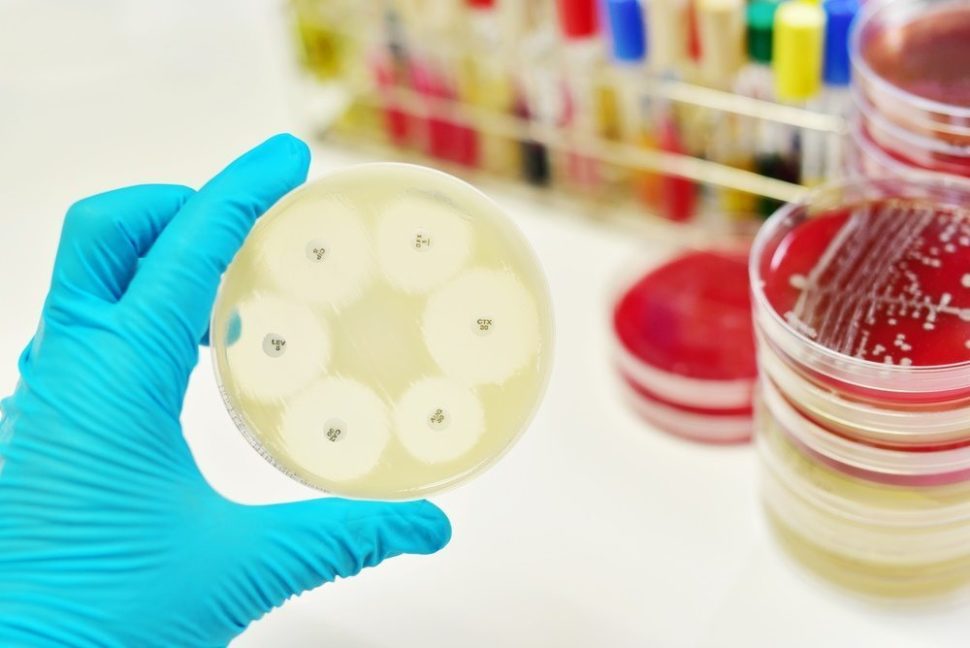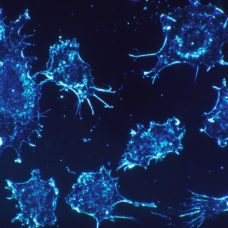Antibiotic medicines kill bacteria that cause infections. They are not the most precise treatment, as in many cases the antibiotics kill both bad and good bacteria. However, before the discovery of certain antibiotics, bacteria such as Streptococcus pyogenes, which causes strep throat, was responsible for half of infant mortality. Wounds infected with Staphylococcus aureus often required amputation where possible and, in many cases, led to a gruesome death.
Infectious diseases such as tuberculosis and pneumonia for centuries wreaked havoc on populations where physicians could do little to help. According to Professor Craig MacLean, an Oxford professor, “the use of penicillin led to a 90% decrease in mortality caused by some forms of pneumonia.” However, there is a threat to one of our most effective infectious disease treatments: a growing bacterial resistance to antibiotics.
“A report from the O’Neill Comission predicts that antibiotic resistance will lead to 10 million deaths per year by 2050, surpassing cancer as a cause of death.”
The Threat of Antibiotic Resistance
Despite antibiotics substantially improving human health worldwide, bacteria that lead to lower respiratory infection remain of the biggest causes of death today. According to the World Health Organization (WHO), lower respiratory infection kills 3.1 million people annually.
Due to poor healthcare availability, a high percentage of these deaths occur in developing countries. However, there is a rising concern that antibiotic resistance is leading to a resurgence in cases of lower respiratory infection. A report from the O’Neill Comission predicts that antibiotic resistance will lead to 10 million deaths per year by 2050, surpassing cancer as a cause of death.
Given the scale of the threat, many scientists are working towards possible solutions. A new study by researchers at the University of Oxford found that tiny DNA molecules called plasmids are a cause of growing antibiotic resistance. Plasmids exist inside bacteria cells and transfer antibiotic resistance to newer cells thereby accelerating the speed at which bacteria develops resistance.
While this study offers no immediate solutions to the problems of antibiotic resistance, it gives useful insight into plasmids and the evolution of resistance genes.



















Comments (0)
Most Recent